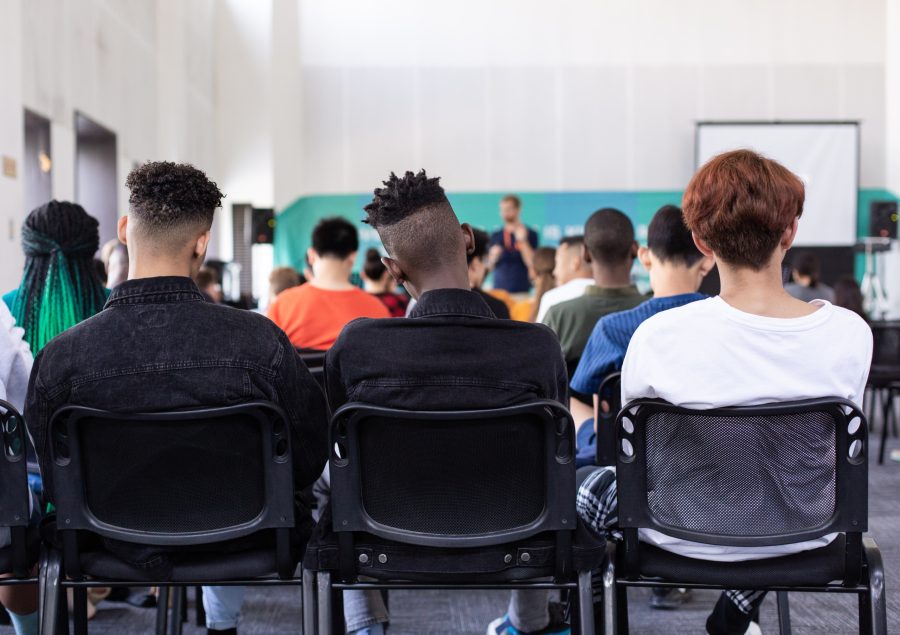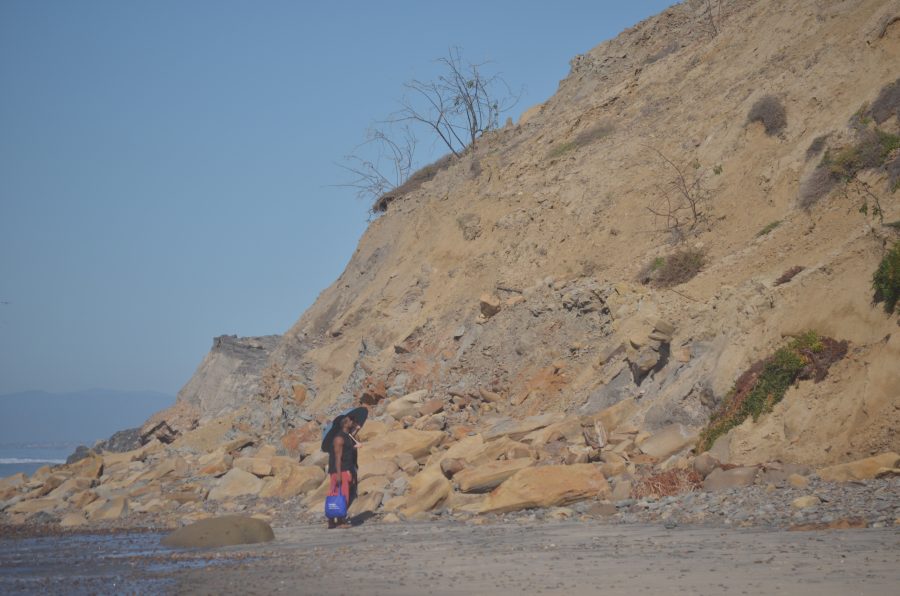Last weekend, the UCSD Women’s Soccer team fell to Chico State 1-0, and was escorted (prematurely) out of the NCAA National tournament.
The Wildcats scored just 20 minutes into the match, giving UCSD plenty of time to equalize. But with 70 minutes remaining in regulation, Chico had largely given up the attack and was focused on double-teaming the Triton forwards.
As a fan of our women’s soccer team, it was a hard game to watch, with UCSD floundering after finding itself a goal down. But as a fan of the “beautiful game,” it was just plain ugly.
Ugly — not in head-butting Zinedine Zidane terms (I don’t mind a good skirmish on the pitch) — but in the way in which that 2006 World Cup final played out, with Italy and France playing to a timid 1-1 draw.
Granted, the Italians are infamous for stockpiling their backline, hoping for a goal on a counter and then hunkering down to protect the lead. While this “wait-it-out” strategy has proven effective for the Italians, it certainly isn’t as exciting as the dynamic Brazilian style or the fluidity of the Dutch.
But in the schema of international soccer, defense is simply cheaper. In the 2009-10 season all five of the top paid players were flat-out sublime goal-scorers. Cristiano Ronaldo sits at the top of this list, setting Real Madrid back a cool $132 million. Obviously, goal scoring is a much more expensive skill set, requiring superior field vision, pace, foot skills and striking ability.
Defense, on the other hand, can be fudged. Field vision: preferable but not necessary. Foot skills: negotiable. Certainly, top-class defenders are brilliant readers of the game and can attack as well as defend, but middle-of-the-pack defenders at the international level (and definitely at the collegiate level) usually just need to be disciplined, big-bodied or quick.
Clubs have figured this out. Covering the goal with defenders has allowed some low-salary, third division squads to remain competitive. And although the game is ugly — the play is stagnant, the players interchangeable — at least they’re losing games 2-0 and not 6-1.
Collegiate soccer coaches have followed suit. Last Sunday night, the box score credited Chico State with five defenders, four midfielders (who rarely crossed into the attacking third after they took the 1-0 advantage) and only a single forward.
The five back system is not unheard of, but it’s rare in the U.S., where the 4-4-2 system of play has been entrenched in American youth soccer. There are obvious advantages to the system if you’re lacking attacking power or offensive flare, but the trade-off (at least from the point-of-view of the fan) is a total loss of the intricate ballwork and creative movement that I love about soccer.
This worries me for two reasons. One, it creates a market for bigger, stronger, physically superior players with less skill or creativity. Two, it will endanger the popularity of the sport by making a game that a lot of Americans already find too slow, even slower.
But, not all soccer coaches at the collegiate or international level are focusing on defense. In fact, most teams are opting for the Spanish adaptation of the Dutch Total Football — a style of play where every player is dangerous because every player poses a threat to goal.
Credit UCSD’s head coach Brian McManus, whose squad plays a brand of soccer that rewards creativity and flair. With their defenders pushing all the way into the attacking third and their forwards pushing all the way back to defend, the system is sturdy, yet also dynamic and exciting to watch.
Unfortunately, on Sunday, Chico’s defense won out over McManus’ flare. For the sake of American soccer, I hope that’s a trend that doesn’t continue.







